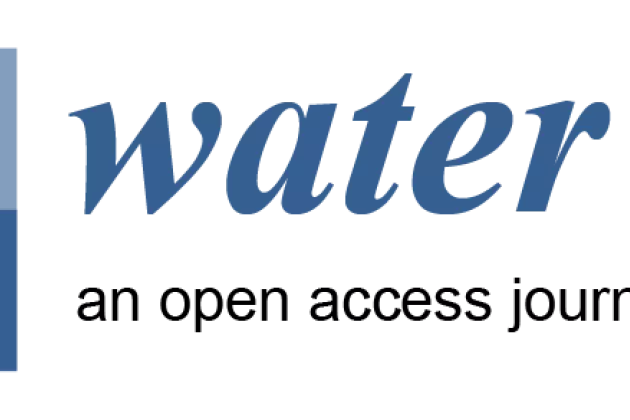CMES Deputy Director Ronny Berndtsson has co-authored the article "Large discrepancy between future demand and supply of agricultural water in northwestern Iran; evidence from WEAP-MODFLOW-machine learning under the CMIP6 scenario" together with Mostafa Rahimi Jamnani (University of Tehran), Zahra Kayhomayoon (Payame Noor University), Naser Arya Azar (University of Tabriz), Sami Ghordoyee Milan (University of Tehran) and Sajad Najafi Marghmaleki (University of Tehran). The article was published in the journal Computers and Electronics in Agriculture.
Abstract
The agricultural sector in northwestern Iran uses about 95 % of the region’s available water resources and nearly 98 % of are aquifer water. Despite the regiońs previous richness in water resources, the supply is now quickly decreasing. The Ghorveh-Dehgolan sub-basin in northwestern Iran consists of three dams as well as three aquifers that supply water resources for agriculture, domestic uses, and industry. We used the Water Evaluation and Planning System (WEAP) and MODFLOW hydrologic model together with machine learning to investigate the status of future water resources in this region under the influence of climate change. At first, the current status of water resources in the area was simulated using WEAP and MODFLOW for the period 2008–2021. Then, the impact of climate change on surface water and groundwater resources in 2026–2045 was evaluated under the SSP2.6 and SSP8.5 emission scenarios. Multivariate Adaptive Regression Splines (MARS) were used to generate future runoff and least-squares support vector regression (LSSVR) was used to predict the groundwater levels for the period 2026–2045. The results showed that under the SSP8.5 scenario, precipitation may decrease by about 15 % in the future compared to the reference period (1987–2005). The reservoir inflow is thus likely to decrease by 25 %, which may decrease the groundwater level by 1.2 m per year in the coming period. The groundwater level in Ghorveh and Dehgolan aquifers dropped by nearly 20 m during the period 2008–2021 and still about 5 to 25 million cubic meters (MCM) of water demand for the agricultural sector were not supplied. If the current trend continues, up to 65 MCM of water demand in the region will not be met in the near future. These results call for immediate action by government and water managers. We outline different alternatives to improve the pessimistic future outlook that can be used to amend the water management in the basin.





